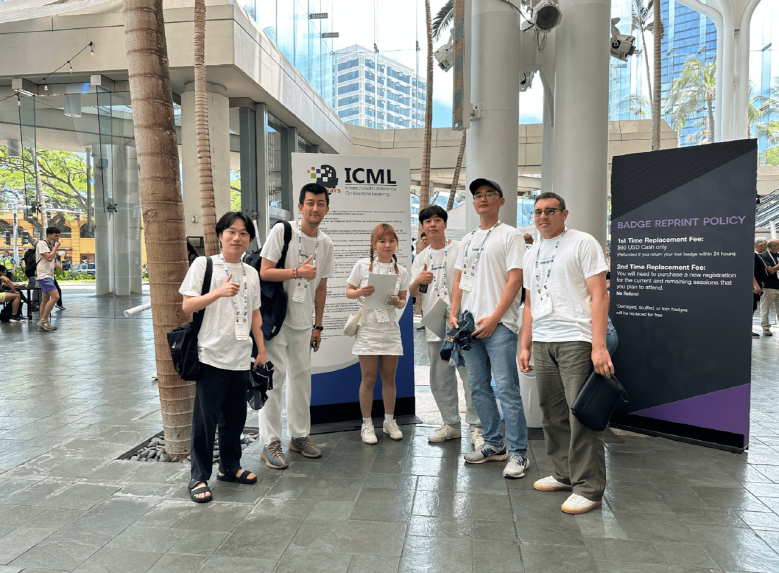In today's saturated fashion market, basic items face increasingly fierce competition. White t-shirts, in particular, are offered by countless brands with seemingly similar designs, making it challenging for consumers to identify meaningful differences. In this competitive landscape, Marie Claire's Label Punching Layered T-Shirt demonstrates how strategic differentiation can create distinctive market positioning.
Marie Claire's Design Innovation Through Subtle Details
The most striking differentiator of Marie Claire's layered t-shirt lies in its label punching detail. While conventional white t-shirts often present a flat, unremarkable appearance, the strategic placement of punching holes creates dimensional interest and visual uniqueness. This approach exemplifies how brands can maintain minimal aesthetics while incorporating distinctive identity elements.
The layered styling capability represents another layer of design thoughtfulness. Rather than offering a simple garment for basic wear, the structural design enables multiple styling interpretations, effectively transforming one product into several outfit possibilities. This expandability adds significant value proposition for cost-conscious consumers seeking versatile wardrobe pieces.




Marie Claire's Brand Heritage as Competitive Advantage
Marie Claire's French chic heritage significantly influences consumer perception, even for basic items. The brand's established positioning in the premium casual segment creates an inherent value perception that transcends the physical product attributes. This demonstrates how brand equity can differentiate otherwise similar products in crowded market segments.
The product's selection as a "Park Hwan-hee Pick" further leverages celebrity endorsement strategy to enhance credibility and desirability. This approach recognizes the growing influence of celebrity curation in fashion purchasing decisions, particularly among younger consumer demographics.
LaonGEN AI Lookbook Technology Revealing Product Potential
Through LaonGEN AI lookbook generation experiments, we discovered the extensive styling versatility of this seemingly simple t-shirt. The technology enabled visualization of diverse scenarios - from casual café settings to professional office environments and romantic date contexts - showcasing the product's adaptability across lifestyle situations.
This technological approach addresses a critical limitation in traditional product photography: the inability to demonstrate comprehensive styling possibilities within standard e-commerce constraints. AI-generated lookbooks can display how subtle design elements like punching details perform under various lighting conditions and styling contexts, providing consumers with deeper product understanding before purchase.




Material Quality and Fit Engineering
Beyond aesthetic considerations, Marie Claire's differentiation strategy extends to technical specifications. The selected fabric blend maintains softness while preserving structural integrity, creating natural draping effects that enhance wearability. The fit calibration avoids extreme sizing in either direction, achieving universal flattery across diverse body types.
These quality-focused differentiators create tangible value beyond visual appeal. Superior material performance and thoughtful fit engineering contribute to customer satisfaction and brand loyalty, establishing competitive moats that price-focused competitors cannot easily replicate.
Strategic Brand Storytelling Integration
Marie Claire's approach transcends product sales to lifestyle proposition. The brand positions itself as a curator of French chic aesthetics, with each product serving as an entry point into this aspirational lifestyle narrative. The t-shirt becomes a vehicle for communicating sophisticated taste and attention to detail rather than merely a functional garment.
AI-generated styling scenarios maintain consistency with this brand narrative, ensuring that every visual representation reinforces the overarching lifestyle messaging. This comprehensive approach creates emotional connections that justify premium positioning in an otherwise commoditized market segment.


Multi-Dimensional Competitive Positioning
Marie Claire's differentiation strategy operates simultaneously across multiple dimensions: design innovation, brand heritage, quality engineering, and lifestyle storytelling. This multi-layered approach creates defensive positioning that competitors cannot easily replicate through single-point improvements.
The strategy effectively shifts competition from price-based to value-based, enabling sustainable premium positioning even in basic item categories. This approach provides a blueprint for brands seeking to differentiate in commoditized market segments through comprehensive value proposition development.
Market Implications for Fashion Brands
The success of Marie Claire's differentiation strategy offers important insights for fashion brands navigating competitive basic item markets. The case demonstrates that even in seemingly standardized categories, thoughtful design innovation combined with strong brand storytelling can create meaningful differentiation.
As AI technologies like lookbook generation become more accessible, brands will need to focus increasingly on authentic differentiators that technology cannot easily replicate: material quality, fit engineering, and genuine brand heritage. The brands that master this balance will thrive in the evolving fashion landscape.

